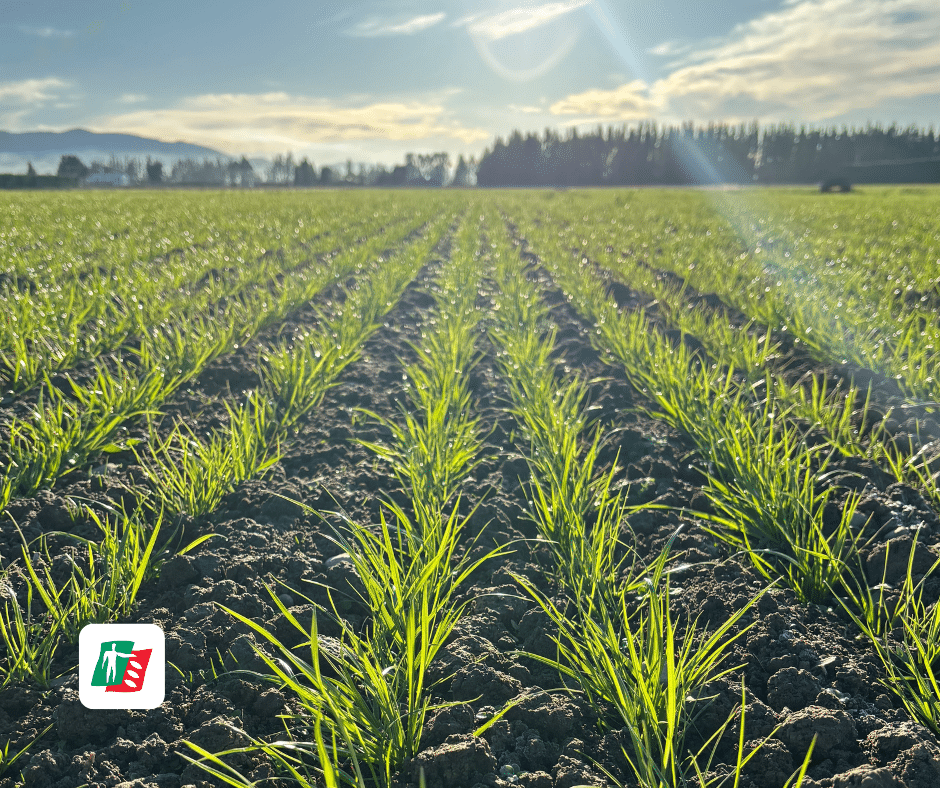Effective Early Management for Thriving Grass Pastures
Published on 18 November 2024
Effective management of your new grass paddock during the first year is key to enhancing its performance and longevity. The establishment phase is particularly critical. Early management includes key tasks such as timing your first grazing, controlling weeds, and providing necessary nutrients.
The following recommendations are based on ryegrass. However, they apply to all grass-based pastures, including Tall Fescue and Cocksfoot. The only difference is that these species take longer to establish and will be ready for the first grazing a bit later.
- Note: The timing of your first grazing isn’t primarily about feeding animals, but rather about encouraging plant development and ensuring the proper composition of the sward.
- For ryegrass, the first grazing typically occurs around 6–8 weeks after establishment. For species like Tall Fescue and Cocksfoot (if they are the primary species), this may be delayed to 10–12 weeks.
- Before grazing, conduct a “pluck test” by pinching the plants between your thumb and forefinger, simulating animal grazing. If the plants remain rooted and aren’t pulled out, the pasture is ready for grazing.
- For the first grazing, leave a residual height of around 5 cm. This encourages tillering and helps light reach the clover, supporting stolon development. Ideally, graze with lighter animals to prevent damage to the new plants.
- Avoid carrying high pasture covers into the first grazing or deferring grazing for feed conservation (such as hay or silage). This can reduce clover content and hinder ryegrass tillering, as plants need light at their base to tiller. It also reduces sward density and may allow weeds to set seed, potentially proliferating.
- Weed control is critical to the success of new pastures. Weeds compete for light, nutrients, water, and space, and they tend to have lower feed value and productivity. Control weeds early, especially annual weeds, which are more palatable in their young stages, to prevent them from setting seed.
- Timing is crucial when spraying for weed control. Ensure you apply the appropriate herbicide at the right time and target the weed effectively. For optimal coverage, low pasture covers are necessary. Be mindful of grazing residuals and potential damage to companion species like clovers and herbs.
- Keep in mind that during the first 12 months, clover in the new pasture won’t fix enough nitrogen to meet the plant’s needs. Strategic nitrogen applications are often necessary to compensate for this shortfall, promoting grass tillering and overall growth.



